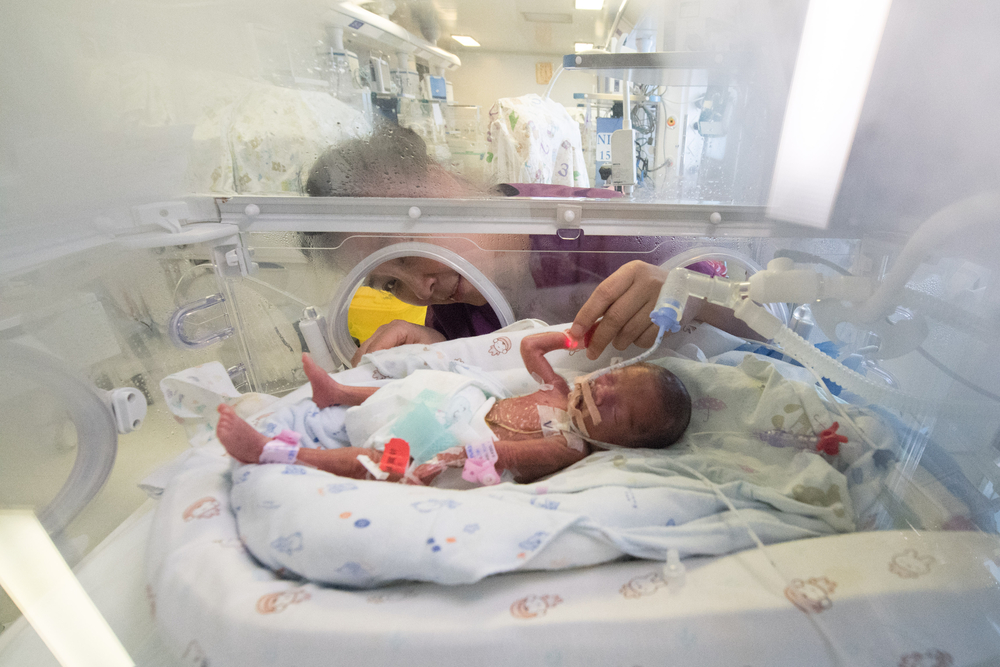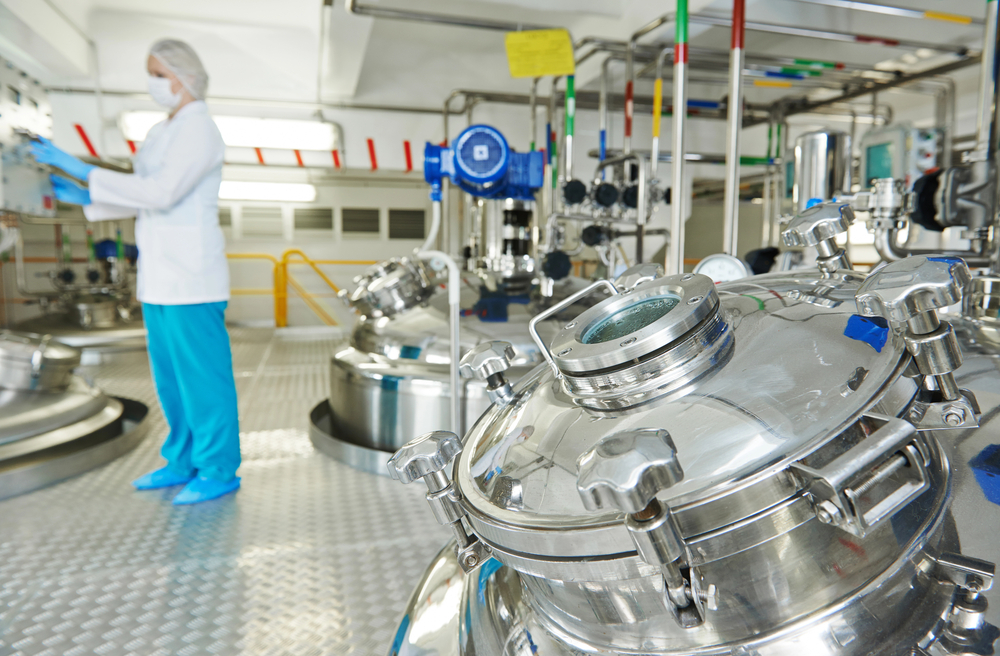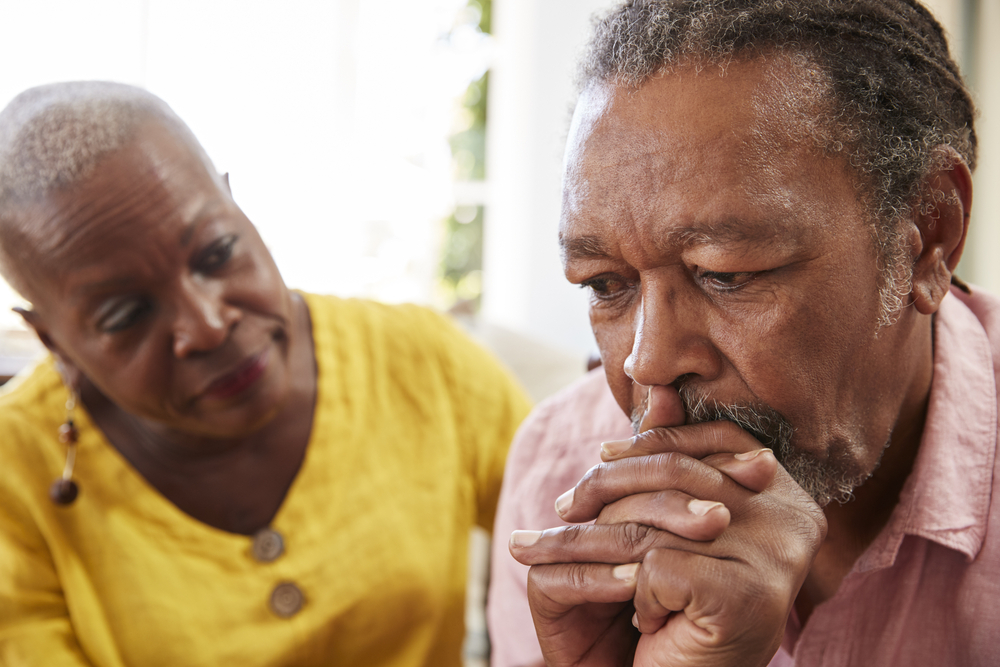The Impact of Our Environment on Our Well-being – Dr Lei Cao, The Ohio State University
Original Article Reference
https://doi.org/10.33548/SCIENTIA345
Share Episode
About this episode
This work is licensed under a Creative Commons Attribution 4.0 International License. 
What does this mean?
Share: You can copy and redistribute the material in any medium
or format
Adapt: You can change, and build upon the material for any
purpose, even commercially.
Credit: You must give appropriate credit, provide a link to the
license, and indicate if changes were made.
Related episodes
Dr. Rebecca Rose | Adjusting Ventilator Settings Could Improve Outcomes for Premature Infants
Premature birth puts infants at a greater risk of developing various medical conditions, including a chronic lung disease known as bronchopulmonary dysplasia – or BPD for short. Dr. Rebecca Rose, a neonatologist at Indiana University, recently explored how modulating ventilator settings used for very premature newborns can significantly improve their outcomes.
Prof. Alastair Florence | Optimising Pharmaceutical Production Using Digital Models
The development of safe and effective medicines that meet strict regulatory requirements has traditionally involved extensive experimentation, which can be laborious and costly. Incorporating digital processes, which can be used to produce individual pharmaceutical components, may provide a solution to manufacturing challenges by reducing development time, resource requirements, and costs. The Future Continuous Manufacturing and Advanced Crystallisation Hub, a flagship project at CMAC, at the University of Strathclyde, along with collaborators throughout the UK, has investigated the feasibility of using digital models to reduce costs, time and waste for high quality pharmaceutical production.
Prof. Christian Bréchot | ALF5755: A New Therapeutic Avenue for Alzheimer’s and Diabetic Neuropathy
Many diseases become more likely to emerge as we age, with metabolic disorders such as diabetes, and neurodegenerative conditions, such as Alzheimer’s disease, representing two frequent manifestations of poor health in old age. While many age-related diseases present very differently, many share common underlying mechanisms. These include inflammation, a build-up of reactive oxygen molecules that can damage cellular components, and a lack of sensitivity to insulin. Treatments that can effectively target these mechanisms could have transformational effects on the age-related diseases that are fueled by them, including potentially preventing such diseases from developing in the first place. Prof. Christian Bréchot and colleagues at The Healthy Aging Company have developed a drug candidate: ALF5755, the pharmacological name of a protein called Hepatocarcinoma-Intestine-Pancreas, or HIP for short, also named Reg3A, that has shown exciting evidence of effectiveness on the cognitive disorders which occur during Alzheimer’s disease and the peripheral nerve damage that often occurs in diabetes, which is called diabetic neuropathy.
Dr Christopher Buck | Mint: A Fresh Perspective in the Fight Against Covid
Dr. Christopher Buck, a virologist at the US National Cancer Institute in Bethesda, Maryland, has been working to spread the word about a growing body of scientific literature suggesting that mint and related herbs can help fight Covid infections. In his recent review article, “The Mint Versus Covid Hypothesis,” he makes a case for the idea that decentralized clinical trials could be used to more thoroughly explore this exciting idea.
Increase the impact of your research
• Good science communication encourages everyday people to be scientifically literate so that they can analyse the integrity and legitimacy of information.
• Good science communication encourages people into STEM-related fields of study and employment.
• Good public science communication fosters a community around research that includes both members of the public, policymakers and scientists.
• In a recent survey, 75% of people suggested they would prefer to listen to an interesting story than read it.

Upload your science paper
Step 2
SciPod script written
Step 3
Voice audio recorded
Step 4
SciPod published




